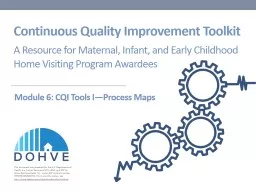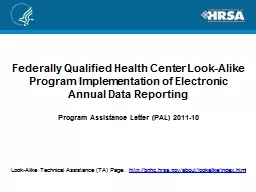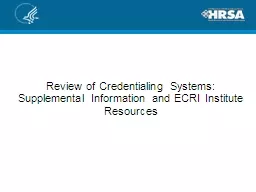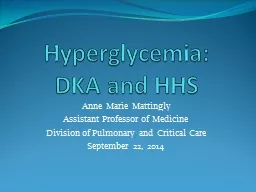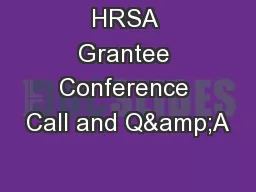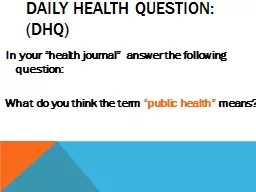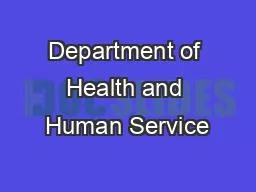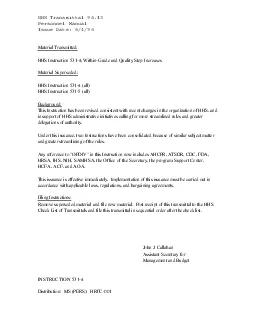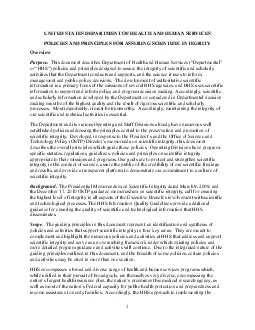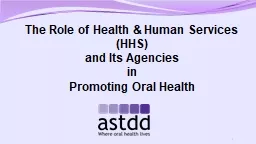PPT-This document was prepared for the U.S. Department of Health and Human Services (HHS),
Author : alexa-scheidler | Published Date : 2019-03-12
httpwwwjbassoccomreportspublicationsdohve Continuous Quality Improvement Toolkit A Resource for Maternal Infant and Early Childhood Home Visiting Program Awardees
Presentation Embed Code
Download Presentation
Download Presentation The PPT/PDF document "This document was prepared for the U.S. ..." is the property of its rightful owner. Permission is granted to download and print the materials on this website for personal, non-commercial use only, and to display it on your personal computer provided you do not modify the materials and that you retain all copyright notices contained in the materials. By downloading content from our website, you accept the terms of this agreement.
This document was prepared for the U.S. Department of Health and Human Services (HHS),: Transcript
Download Rules Of Document
"This document was prepared for the U.S. Department of Health and Human Services (HHS),"The content belongs to its owner. You may download and print it for personal use, without modification, and keep all copyright notices. By downloading, you agree to these terms.
Related Documents

